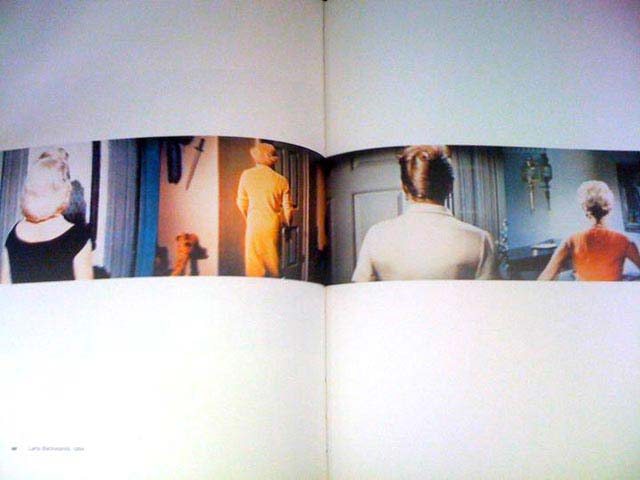As the great George W. Bush said, ‘the French don’t have a word for entrepeneur.’

Until the Mexican-American War, it was not clear whether the dominant power in North America would have its capital in Washington or Mexico City. Mexico was the older society with a substantially larger military. The United States, having been founded east of the Appalachian Mountains, had been a weak and vulnerable country. At its founding, it lacked strategic depth and adequate north-south transportation routes. The ability of one colony to support another in the event of war was limited. More important, the United States had the most vulnerable of economies: It was heavily dependent on maritime exports and lacked a navy able to protect its sea-lanes against more powerful European powers like England and Spain. The War of 1812 showed the deep weakness of the United States. By contrast, Mexico had greater strategic depth and less dependence on exports.
The American solution to this strategic weakness was to expand the United States west of the Appalachians, first into the Northwest Territory ceded to the United States by the United Kingdom and then into the Louisiana Purchase, which Thomas Jefferson ordered bought from France. These two territories gave the United States both strategic depth and a new economic foundation. The regions could support agriculture that produced more than the farmers could consume. Using the Ohio-Missouri-Mississippi river system, products could be shipped south to New Orleans. New Orleans was the farthest point south to which flat-bottomed barges from the north could go, and the farthest inland that oceangoing ships could travel. New Orleans became the single most strategic point in North America. Whoever controlled it controlled the agricultural system developing between the Appalachians and the Rockies. During the War of 1812, the British tried to seize New Orleans, but forces led by Andrew Jackson defeated them in a battle fought after the war itself was completed.
Jackson understood the importance of New Orleans to the United States. He also understood that the main threat to New Orleans came from Mexico. The U.S.-Mexican border then stood on the Sabine River, which divides today’s Texas from Louisiana. It was about 200 miles from that border to New Orleans and, at its narrowest point, a little more than 100 miles from the Sabine to the Mississippi.
Mexico therefore represented a fundamental threat to the United States. In response, Jackson authorized a covert operation under Sam Houston to foment an uprising among American settlers in the Mexican department of Texas with the aim of pushing Mexico farther west. With its larger army, a Mexican thrust to the Mississippi was not impossible — nor something the Mexicans would necessarily avoid, as the rising United States threatened Mexican national security.
Mexico’s strategic problem was the geography south of the Rio Grande (known in Mexico as the Rio Bravo). This territory consisted of desert and mountains. Settling this area with large populations was impossible. Moving through it was difficult. As a result, Texas was very lightly settled with Mexicans, prompting Mexico initially to encourage Americans to settle there. Once a rising was fomented among the Americans, it took time and enormous effort to send a Mexican army into Texas. When it arrived, it was weary from the journey and short of supplies. The insurgents were defeated at the Alamo and Goliad, but as the Mexicans pushed their line east toward the Mississippi, they were defeated at San Jacinto, near present-day Houston.
The creation of an independent Texas served American interests, relieving the threat to New Orleans and weakening Mexico.
{ George Friedman, Arizona, Borderlands and U.S.-Mexican Relations | Continue reading }
photo { Gosia Wieruszewska }



 “Lolling in a chair was the new creative supervisor of Ted Bates & Co. advertising agency, one Jerry Della Femina, 30 years old, a $50,000-a-year marvel out of Brooklyn, hired to bring a bit of sparkle to the Bates image.” The writer described a brainstorming session for a new client, a “Japanese electronics company” called Panasonic. It was Della Femina’s first day on the job and he was surrounded by account executives, art directors and copywriters awaiting his direction. Finally he cleared his throat.
“Lolling in a chair was the new creative supervisor of Ted Bates & Co. advertising agency, one Jerry Della Femina, 30 years old, a $50,000-a-year marvel out of Brooklyn, hired to bring a bit of sparkle to the Bates image.” The writer described a brainstorming session for a new client, a “Japanese electronics company” called Panasonic. It was Della Femina’s first day on the job and he was surrounded by account executives, art directors and copywriters awaiting his direction. Finally he cleared his throat. 























